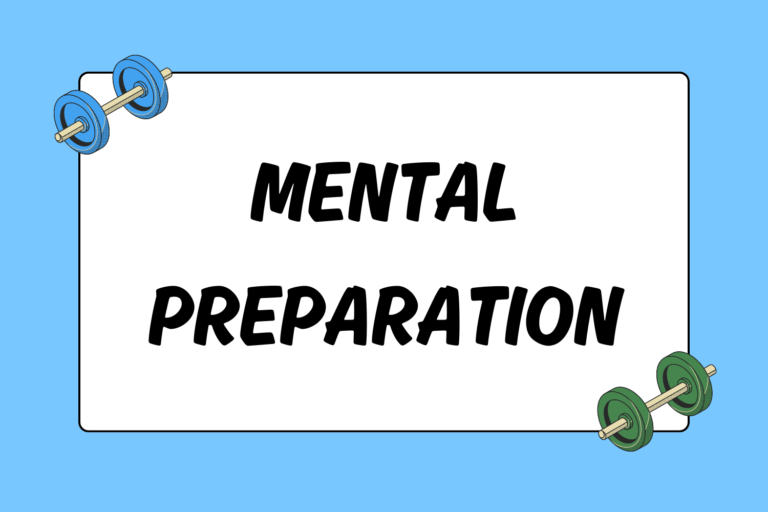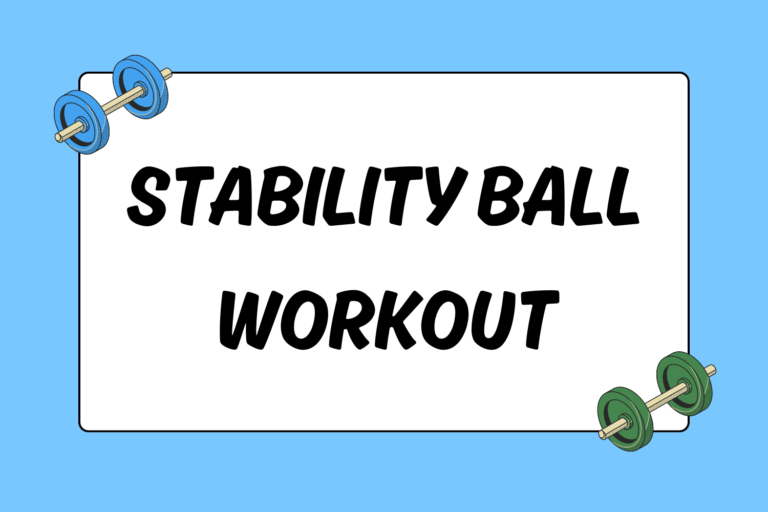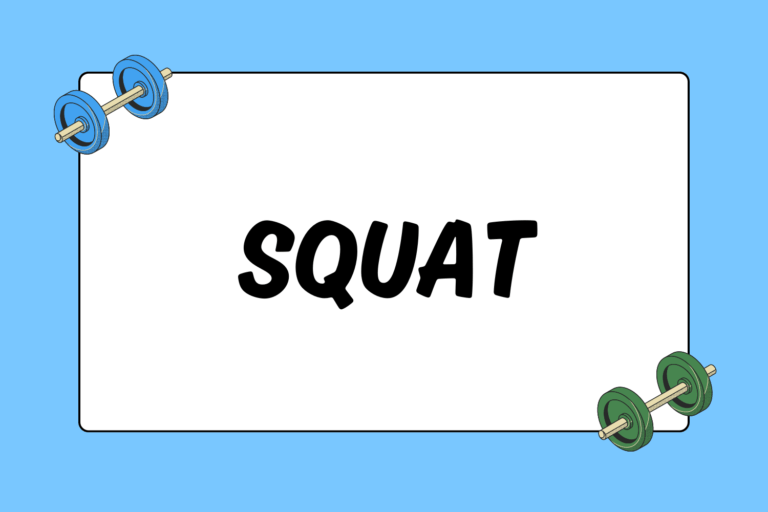Strength training is one of the most important parts of a workout regimen. People may reach for free weights or head to the gym to use the machines to work out, but resistance bands are an alternative, effective, and inexpensive exercise tool for people of all ages and fitness levels. Not only can resistance bands be used by themselves, but they can also be used to add intensity to an existing workout.
Exercises performed with resistance bands incorporate more stabilizer muscles because your body must work against the resistance to maintain proper alignment throughout each movement. By adding resistance bands to your workouts, you’ll also see the added benefits of better coordination and balance.
More than Weights
When using free weights, resistance generally increases during one part of the movement. Imagine bicep curls, for example. During the upward motion of the curl, you’ll feel the resistance of the free weight, but there is considerably less resistance when you lower your arm. This is not the case with resistance bands, which provide constant tension throughout both phases of an exercise — concentric and eccentric.
Weights can also limit how many exercises you can do. Resistance bands, on the other hand, allow you to alternate your positioning in multiple ways, adding diversity to any workout and changing which muscles are being worked.
The Workout
The following resistance band workout focuses on lower body exercises that work the quadriceps, hamstrings, gluteal muscles, and the inner and outer thighs.
Inner Thighs
This workout actually consists of two exercises — lifts and presses — done together in sequence. It will firm and tighten the inner thighs.
- Sitting on the floor, tie the band around your ankles, keeping your feet slightly wider than hip-distance apart.
- Lean on your right hip and rest on your right elbow for support. Bend your left knee and place your left foot on the floor, stepping your left foot out of the loop you’ve made with the band and placing it on top of the band. This will leave the band resting around only your right ankle.
- Extend the right leg entirely; your inner thigh should be facing up. Slowly lift as high as you can and then lower the right leg 10 times.
- After your tenth lift (you’ll have lowered your leg at this time), keep your right leg straight and go straight into presses: Press your right leg forward as far as you can and then bring it back, keeping it roughly 1-2 inches off the floor.
- Complete 10 presses, and then repeat the entire exercise from “Step 1.”
- After completing the lifts and presses twice with the right leg, repeat the moves with your left leg.
Seated Leg Press
Targeting the quadriceps in the front of the thigh, this exercise mimics the leg press machine.
- Sitting on a chair, place the band under your right foot and hold the ends of the band in each hand. It’s important to maintain proper alignment by sitting up straight, holding your abdominals in, and keeping your left foot firmly on the floor. You can place your hands on the chair for additional support.
- Keeping your foot flexed with your toes pointing upward, bring your right knee up towards your chest. After you bring your knee up, slowly extend your leg straight out in front of you.
- Then, bend the knee and bring your right leg back to its starting position.
- Perform two or three sets of 10-15 repetitions with each leg.
Side Steps
This exercise targets the outer thighs, but has an added benefit of keeping tension on the inner thighs during the side-to-side movements.
- Stand with your feet hip-distance apart and tie your resistance band in a knot around your ankles.
- Keeping your toes pointing forward, take a step out to the side with your right leg. Then follow suit with your left leg, being careful not to bring your feet closer than hip-distance apart. Maintaining that distance will ensure a constant tension in the band throughout the exercise.
- Complete eight side steps with your right foot as your lead foot. Then switch directions and lead with your left foot for another eight side steps. This will complete one set.
- Repeat four sets.
Hot Tip: Change the Intensity
To take this move to the next level, try one of these two variations:
- Perform one set of side walks by lifting your heels off the floor and standing only on your toes.
- Perform one set of side walks with your toes pointing inward and pressing your heels outward.
To bring the intensity down a notch, place the knotted band slightly above your knees instead of around your ankles.
Hamstring Curl
This variation of the hamstring curl is done while standing.
- With your feet hip-distance apart, tie the band in a knot around your ankles. Stand an arm’s length away from a wall and place your hands on the wall for support. Now step your left foot out of the loop you’ve made with the band and step on top of the band, leaving it to rest around your right ankle only.
- Holding your abdominals in tight and standing up straight, slowly press your right leg straight back a few inches. This is your starting position.
- Once you’ve pressed your leg back, bend the knee to a 90-degree angle (or as close as you can get to one) and curl your leg upward, lifting and leading with your heel. Make sure to extend from the hip.
- Then, slowly lower back to your starting position. Repeat eight times to complete one set.
- Repeat three sets of eight hamstring curls, resting between each set. Then switch legs.
One-legged Bridge
This variation of the bridge position targets the hamstrings and gluteal muscles.
- Lie on your back with your knees bent and feet flat on the floor, placed close to your body.
- Place the band around the bottom of your right foot and hold the ends of the band in each hand. Lift your right leg straight up, pressing your heel toward the ceiling. Keep your hands on the floor at your side.
- Slowly lift your hips, bringing up one vertebra at a time while keeping the right leg completely extended upward.
- Lower your right leg until the right side of your hips is hovering over the floor, and repeat 15-20 times.
- Then switch legs and repeat.
Squats with the Band
By standing on the band and holding an end in each hand, you’ll increase the difficulty of a traditional bodyweight squat.
- Stand with your feet shoulder-width apart, centered on the resistance band. Grab an end of the band with each hand.
- Bend your elbows and bring your hands to your shoulders.
- Slowly bend your knees and lower yourself, reaching your tailbone back as if you were going to sit down on a chair. Keep your weight on your heels and continue to squat down until your thighs are parallel with the floor.
- Push down through the heels as you lift back to your standing position.
- Repeat 10-12 repetitions to complete one set, and then rest for one minute. Complete a total of three sets.
Lunges with the Band
Using the band during a lunge provides more resistance for the legs, adding intensity to this traditional move.
- Stand with your right foot in the center of the resistance band and place your left foot behind you. Hold the ends of the band in each hand and bring your hands up to your shoulders. This is your starting position.
- Keeping your right foot on the floor, bend both knees as if you were getting ready to kneel down on your left knee (you’ll be on the ball of your left foot). It’s important to keep your right knee directly over your ankle and to tuck your hips slightly under. You want to “sink” into position. Continue to bend your right knee until your right leg forms a 90-degree angle.
- Then slowly lift yourself back to your starting position, squeezing your glutes as you come up.
- Repeat this move 10-12 times, and then repeat with your left leg. You can work up to doing two sets of the 10-12 repetitions with each leg.
Add Variety to Your Workout
Resistance bands are extremely portable exercise tools that should be in everyone’s home gym. Add a new level of strength and sculpting to your exercises by trying this resistance band workout today!





